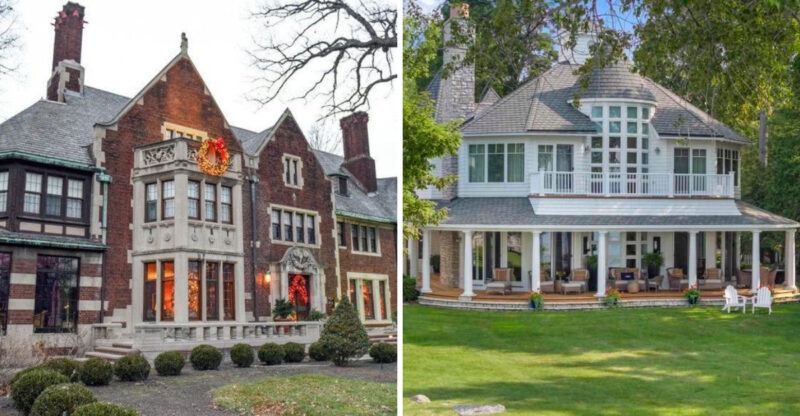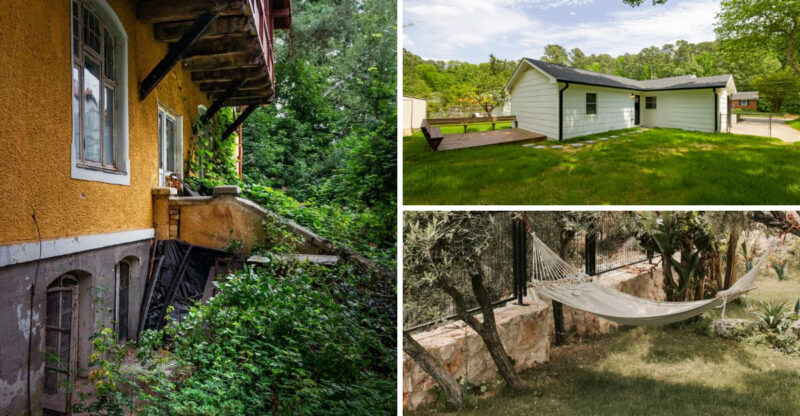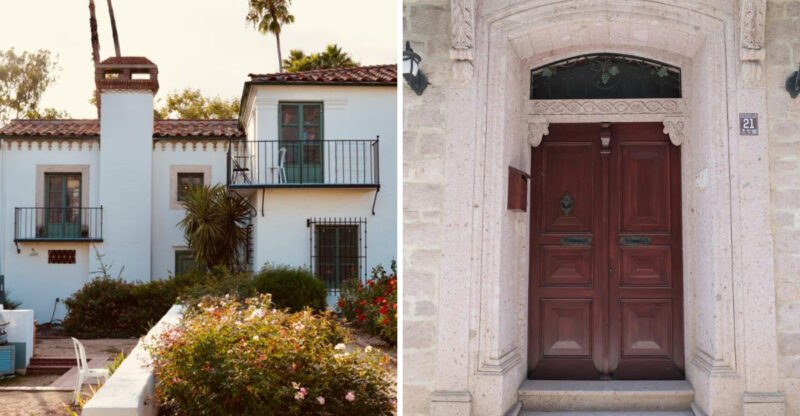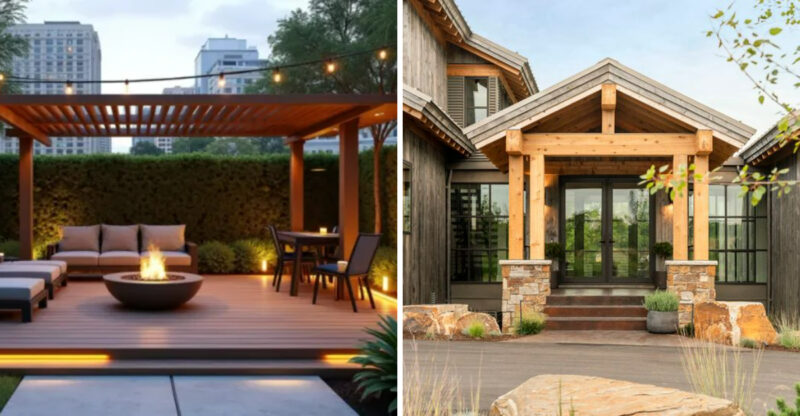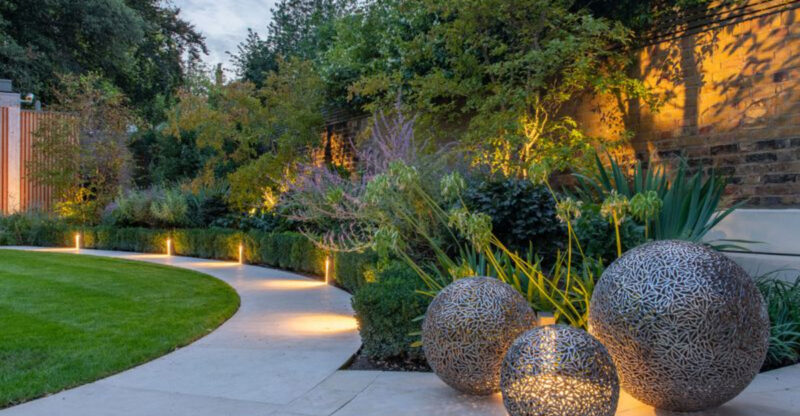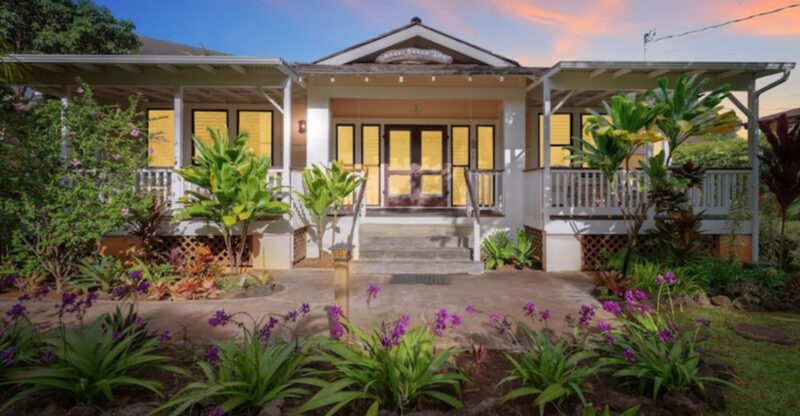11 Exterior Design Trends That Are Ruining Curb Appeal In Saint Paul

Homes with history have a presence that can’t be faked. They speak through original materials, thoughtful proportions, and details that reflect their era.
But lately, some design trends are cutting into that authenticity, replacing timeless elements with quick-fix visuals that don’t quite fit into Saint Paul aesthetics.
In places where architecture tells a story, these choices don’t just miss the mark – they disrupt the entire conversation. Curb appeal isn’t about chasing trends; it’s about knowing when to respect what’s already there.
1. Oversized Garage Dominance
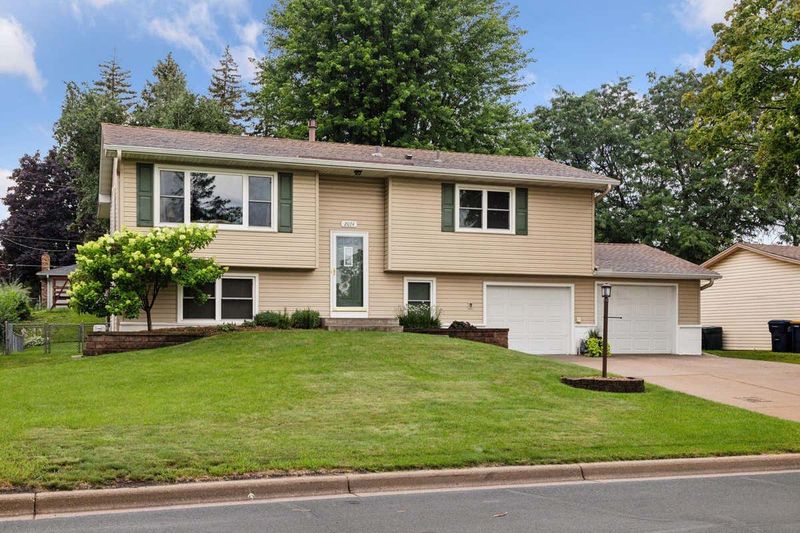
Massive garage structures overwhelm many Saint Paul properties, creating an imbalance in the home’s overall appearance. When garages take center stage, they detract from the architectural details that make these houses special.
Traditional neighborhoods lose their character when vehicles become the focal point instead of welcoming front porches or elegant entryways.
2. All-Black Exteriors
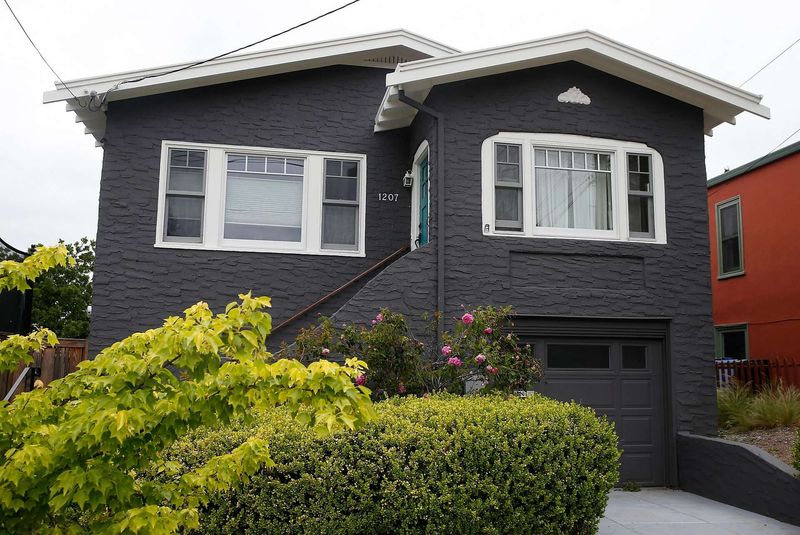
Dark monochrome facades might look sleek on social media, but they often feel out of place among Saint Paul’s diverse architectural landscape. The stark contrast can make these homes stand out for all the wrong reasons.
During Minnesota’s long winters, these black exteriors appear even more severe against snowy backdrops, creating a jarring visual in historic neighborhoods.
3. Faux Stone Veneer Overuse
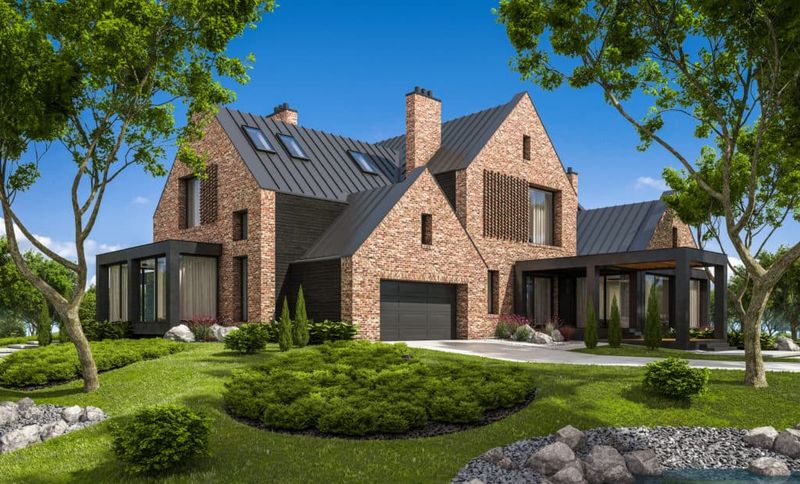
Synthetic stone products applied haphazardly create an unconvincing attempt at luxury. Many homeowners apply these materials inconsistently – perhaps just on the front while leaving sides bare.
The artificial appearance becomes especially obvious after a few Minnesota winters when color fading and cracking begin. Quality natural materials have always been the hallmark of Saint Paul’s finest homes.
4. Clashing Modern Add-Ons On Historic Homes
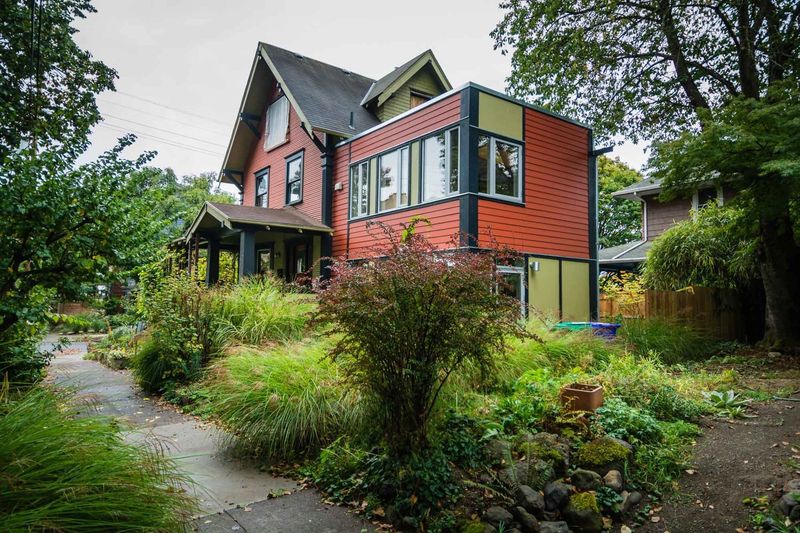
Contemporary additions often fight with the original character of century-old Saint Paul residences. Boxy, angular extensions with metal cladding or industrial windows create jarring visual disconnects from the main structure.
While updating historic properties is necessary, respecting the original architectural language preserves neighborhood cohesion and maintains property values throughout these cherished districts.
5. Excessive Outdoor Lighting
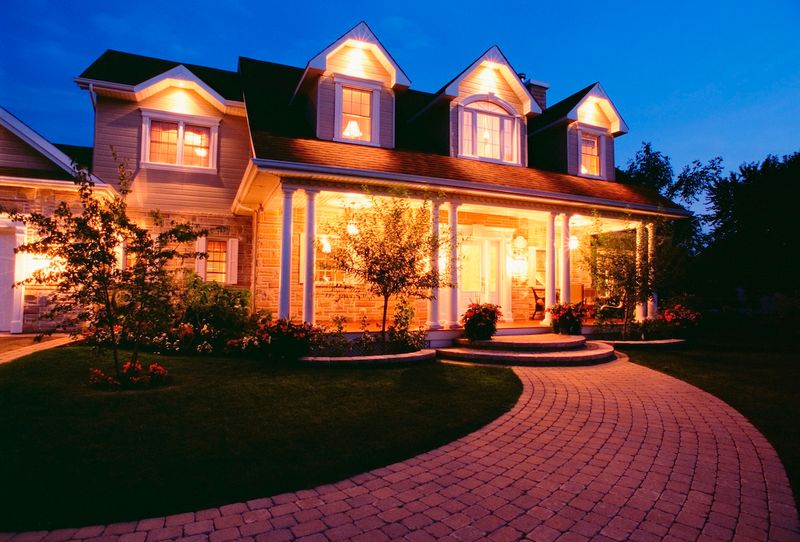
Bright, casino-like illumination disrupts the gentle nighttime ambiance of Saint Paul streets. Security concerns lead some homeowners to install harsh floodlights that spill into neighbors’ windows and wash out the night sky.
Strategic, warm lighting that highlights architectural features creates a more inviting atmosphere while still providing safety. The charm of these neighborhoods shines through with subtle illumination.
6. Low-Quality Vinyl Siding
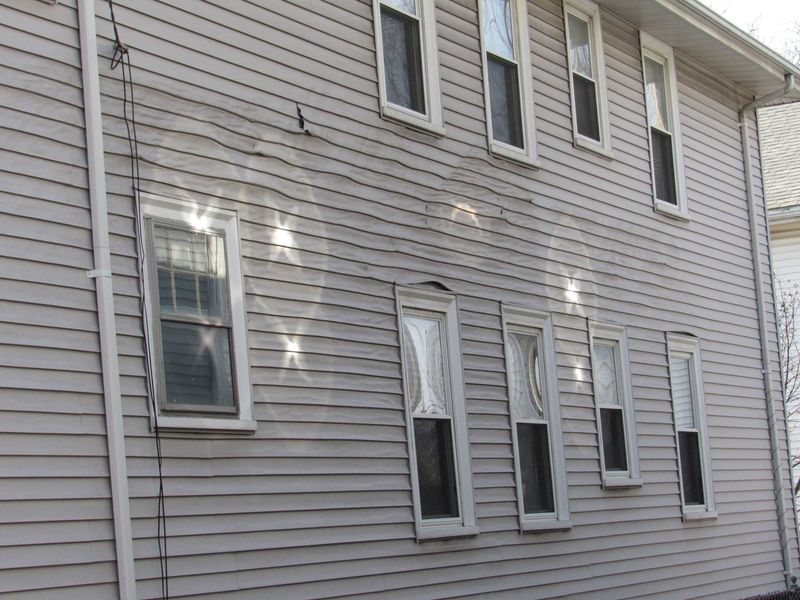
Cheap plastic cladding materials quickly detract from home values throughout Saint Paul neighborhoods. The warping, fading and artificial sheen become increasingly noticeable as seasons change.
Historical districts particularly suffer when authentic wood siding gets replaced with thin, unconvincing imitations. Even modern homes look substantially better with fiber cement or engineered wood products that maintain their appearance over time.
7. Unfinished Or Gravel Driveways
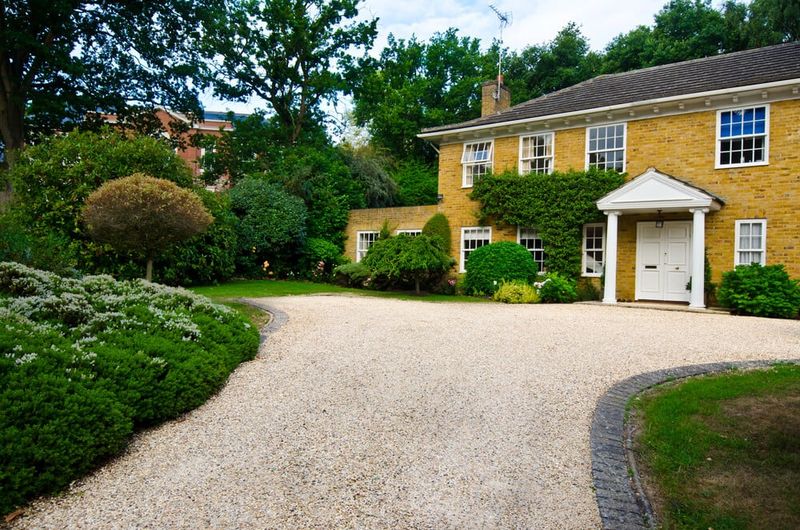
Loose stone surfaces create an unfinished look that diminishes property presentation across Saint Paul. Beyond aesthetics, these driveways cause practical problems – stones migrate onto lawns, sidewalks and streets.
Minnesota’s freeze-thaw cycles make maintenance particularly challenging. Even modest homes gain significant curb appeal with properly finished concrete, asphalt or permeable paver driveways that complement the architecture.
8. Artificial Turf Lawns
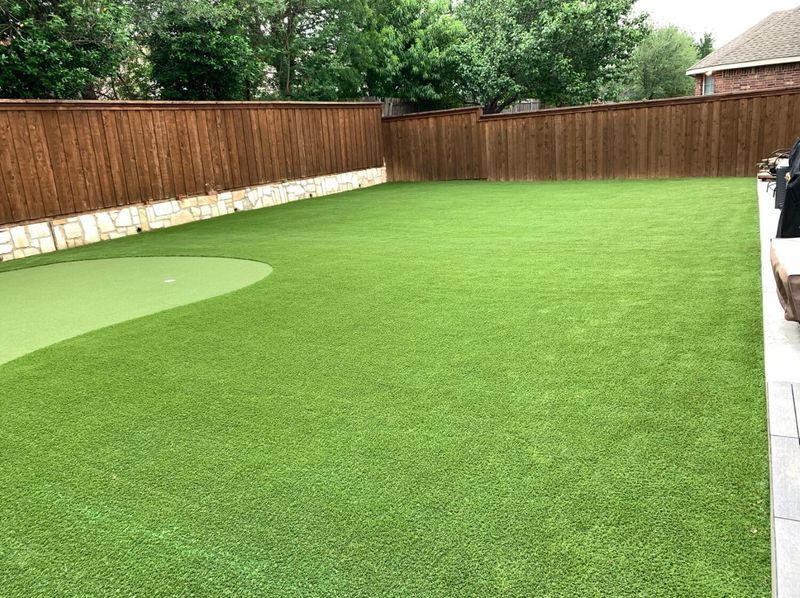
Synthetic grass installations stand out awkwardly in Saint Paul’s naturally lush landscape. The uniform, too-perfect appearance creates an uncanny valley effect next to genuine Minnesota gardens.
During winter months, these green patches look particularly out of place amid snow-covered surroundings. Native landscaping or properly maintained natural lawns contribute to the city’s ecological health while maintaining authentic curb appeal.
9. Oversized Front Doors That Don’t Match The Home
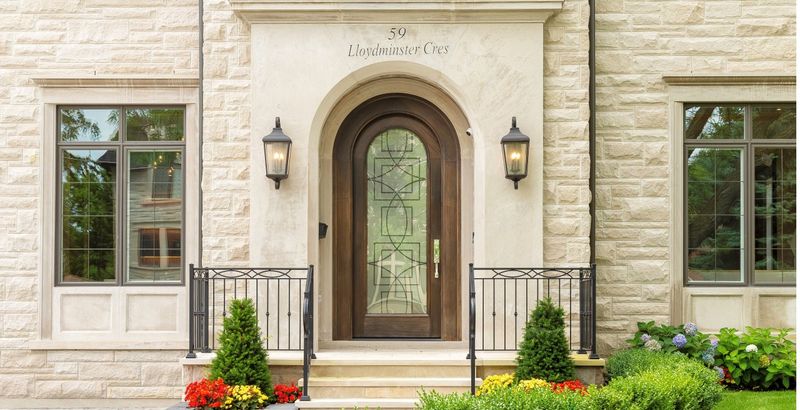
Disproportionate entryways throw off the balanced facade of many Saint Paul residences. Massive double doors with elaborate glass inserts often feel misplaced on modest Craftsman bungalows or traditional ramblers.
Scale matters in architecture – appropriately sized entries that reflect the home’s original style create harmony. Front door replacements should consider both the proportions and character of the existing structure.
10. Trendy Paint Colors That Fade Quickly
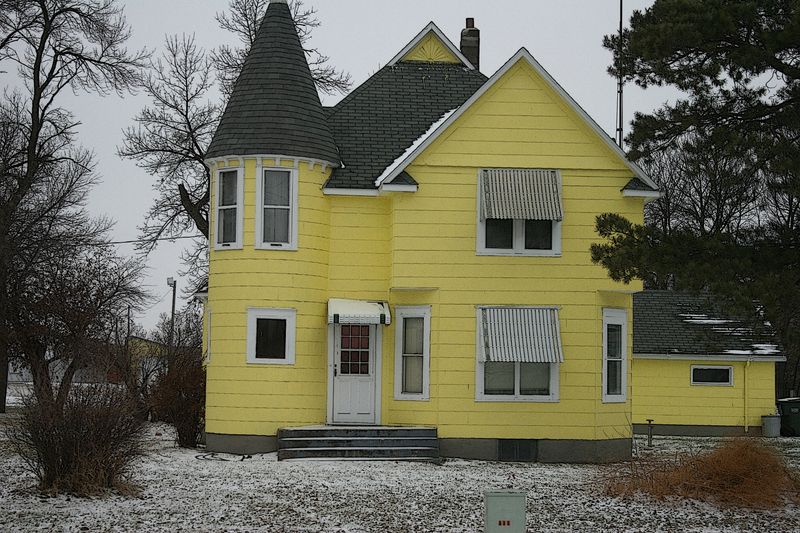
Ultra-fashionable exterior color schemes often age poorly in Saint Paul’s harsh climate. Those eye-catching purples, teals and neon accents that looked exciting initially become eyesores as they deteriorate under intense sun and freezing temperatures.
Classic color palettes suited to the home’s architectural style maintain their appeal through changing trends. Quality exterior paints specifically formulated for Minnesota weather conditions prove worth the investment.
11. Overly Minimalist Landscaping
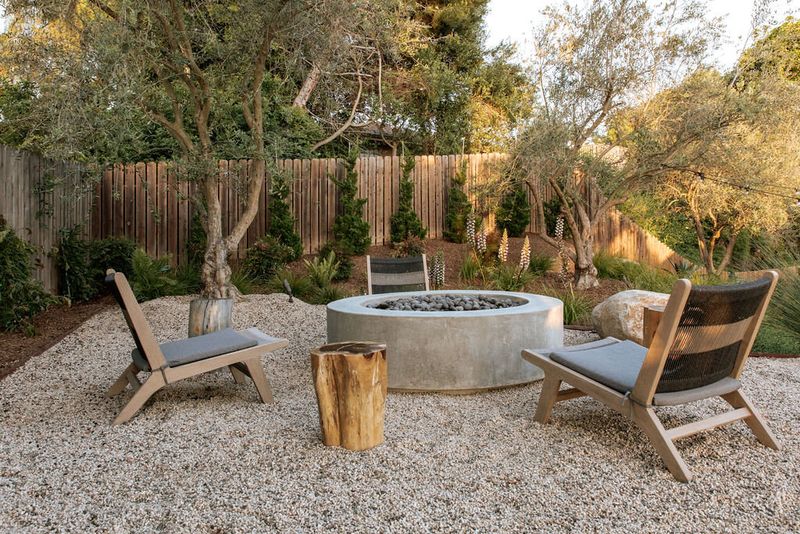
Barren yards with just a few sculptural plants and expanses of mulch create an unwelcoming, sterile appearance. This stark approach clashes with Saint Paul’s lush gardening tradition and neighborhood character.
Gardens that incorporate seasonal interest with native plants offer both beauty and ecological benefits. Even low-maintenance landscapes can include diverse plantings that soften hardscapes and complement architectural styles.

